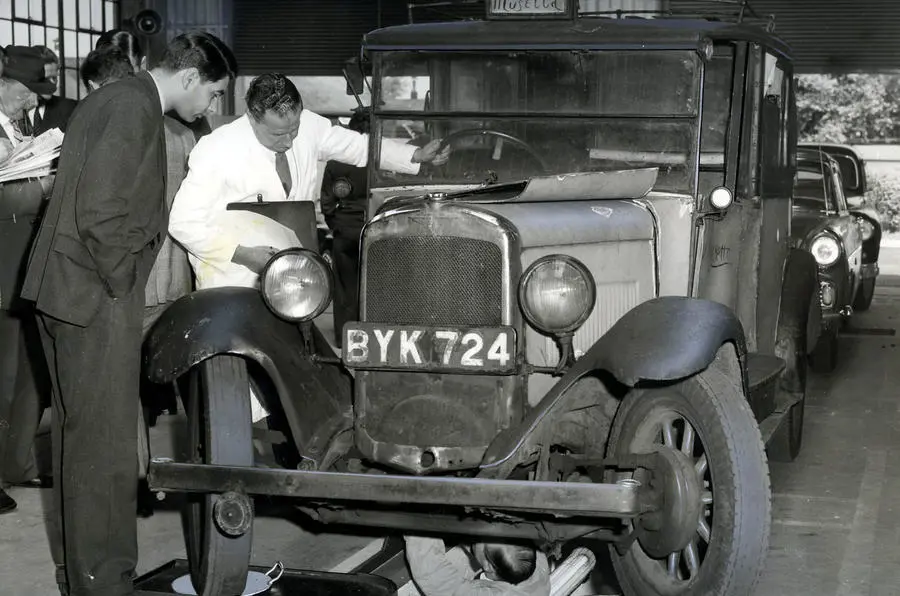THE EARLY DAYS OF THE MOT TEST
18 May 2022
The MOT test has once again recently been in the news, and it is so much a part of motoring vocabulary that it is intriguing to consider its roots. The 1950s saw a vast increase in private car ownership – from 18% of British households in 1950 to nearly 40% at the end of the decade. There was, sadly, an increase in traffic fatalities while the advent of the Preston bypass, the first British motorway on 5th December 1958 and the M1 on 2nd November 1959, further highlighted problems with older models. One retired police driver Les Barker recalled of the latter, "it was estimated that on the first day alone more than 13,000 motorists tried out the motorway resulting in over 100 breakdowns due to mechanical failure, overheating and tyre failures". He also noted:
With the increase in traffic starting to use the new motorway and the speeds attained for, with many of the older cars simply not built for sustained speeds, we now started to have to deal with numerous breakdowns mostly caused by overheating as many of the cars were not fitted with a temperature gauge warning them of any such problem. It was not uncommon to have over 100 breakdowns reported every day.

On 23rd January 1960, Ernest Marples, the then Minister of Transport, told the press, "Road accidents are frightening. It is too great a price to pay for the car.” So, he planned an annual vehicle inspection that initially applied to the 1.5 million cars aged ten years or more. On the 12th September of that year, owners of such vehicles could submit them for a voluntary Ministry of Transport roadworthiness test. The Coventry Telegraph of 23rd November 1960 reported that 52% of cars examined at the Hendon centre failed the test. Marples reflected, "When these tests are made compulsory I wonder what the percentage will be?".
Those first examinations cost 15/- (including a one shilling fee for the certificate) and encompassed the brakes, lights and steering. To anticipate the process, you could also invest 4/- in a copy of The Tester's Manual. The age criterion was reduced to seven years on 31st December 1961 and three years in 1967, but tyres would not form part of the test until 1968. Nor would body and chassis condition, brake lights, indicators, horn or the exhaust system be included until 1977. The government initially approved 12,500 garages to administer the "Ten Year Test" - aka "the Ministry of Transport Test". By the time it became mandatory on 15th February 1961, the examination was known as "The MOT".
Autocar assured its readers that "It is not the purpose of the test to drive older vehicles off the roads simply because of their age", but the MOT was not universally popular. A correspondent to Motor Sport complained, "I read somewhere that these tests were the same as giving garages permission to print their own £5 notes, and this statement I most heartily endorse". Another motorist ranted to The Liverpool Echo "For sheer nonsense this takes the biscuit. Judging from press photographs and reports 'the old car' is hardly ever observed as the culprit in a smash". And for further proof it really was another world, here is a newsreel of a 1960-vintage 'Ten Year Test.
